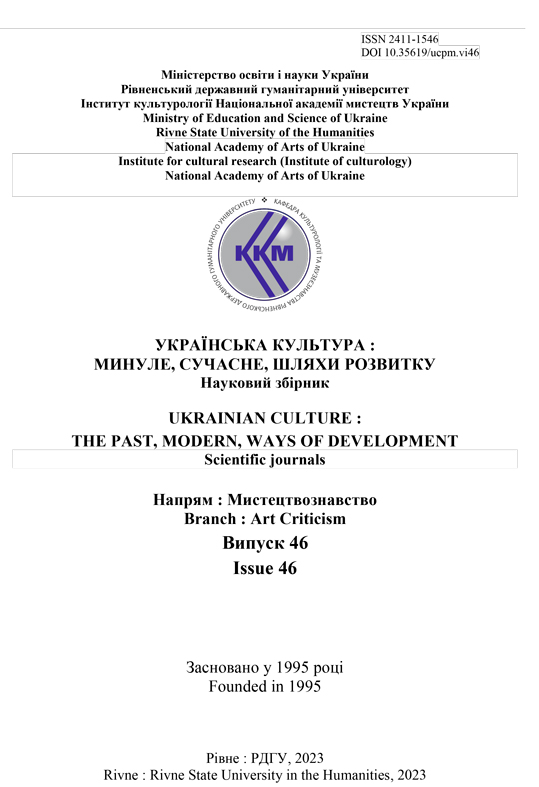THE FUSION OF CHINESE AND WESTERN CULTURES IN HE MA JADE PRODUCTS : HISTORICAL BACKGROUND, STYLISTIC FEATURES AND SOURCES OF FORMS
DOI:
https://doi.org/10.35619/ucpmk.v46i.672Keywords:
He Ma, jade carving, stylistic features, sources of forms, fusion of Western and Chinese culturesAbstract
This text is dedicated to the study of the development of Chinese jade carving art from the late 1970 s to the first two decades of the 21 st century. This text delves into the study of the evolution of Chinese jade carving art from the late 1970s to the first two decades of the 21 st century. Its development is shaped by both its formative stage and the intricate interplay of internal and external factors influencing its progress. Equally significant is the pursuit of a novel analytical approach that aligns with the principles governing the advancement of contemporary Chinese jade artistry.
He Ma (born in 1972) stands as one of the foremost figures in contemporary Chinese jade carving art. With a creative trajectory spanning over two decades, from the 1990s to the present, his works bear the indelible marks of both the passage of time and a distinct personal style. In the 21st century, some of his works retain the hallmark characteristics of traditional Chinese jade carving techniques while assimilating concepts and formal expressions from modern Western art. This amalgamation gives rise to a distinctive artistic style that sets it apart from conventional jade carving practices.
He Ma's artistic endeavors are scrutinized within the broader context of the evolution of Chinese visual arts, spanning from the late 1970s to the 2020s. Employing methods of visual and formal analysis, this research delves into the stylistic intricacies and origins of form apparent in a specific subset of the master's creations. Through this investigation, the influence of contemporary Western art on the advancement of Chinese jade carving art is examined, along with the assimilation of Chinese and Western cultural elements throughout the development of this art form. Additionally, this study addresses related questions and themes surrounding the development of Chinese jade carving art.




